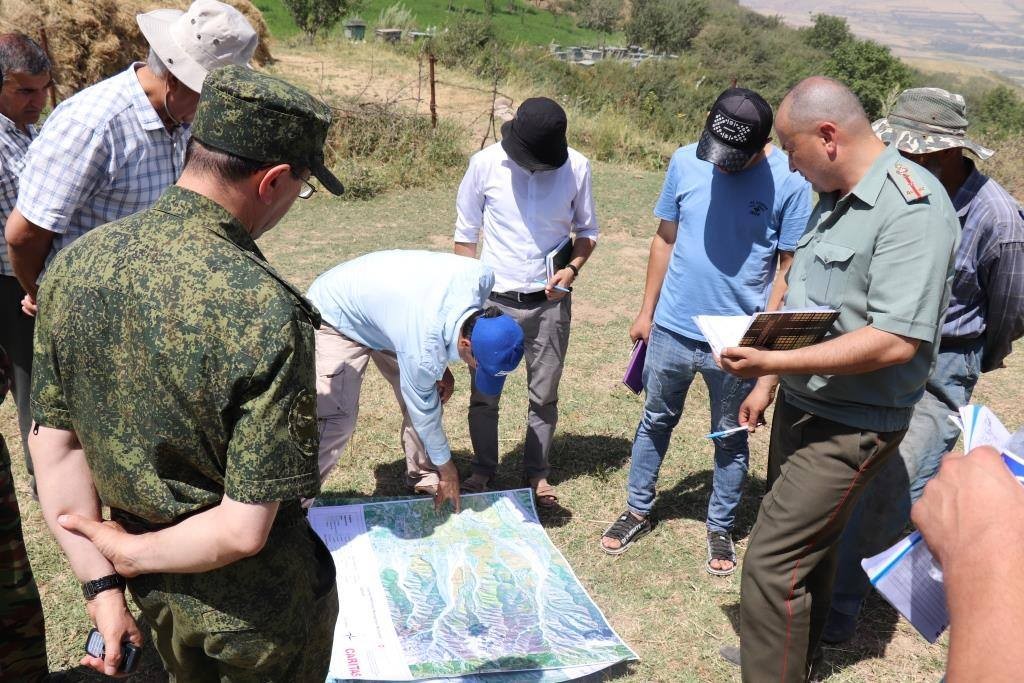UNDP project on “Improved DRR Policy Making Mechanism. Strengthening Disaster Risk Governance in Tajikistan (SDRGT)” ended on December 10 with notable results in improving the country’s disaster risk management policy and preparedness for risks related to climate change.
As part of this project, Tajikistan’s National Disaster Risk Reduction Strategy for 2019-2030 has been endorsed by the government and the country’s coordination capacity has enhanced to move towards preventive strategy, according to UNDP Country Office in Tajikistan.
Environment and climate change sections have also been included in the mid-term program for 2020-2023.
The issues related to disaster risk management have been regarded as highly significant for Tajikistan and the country’s Prime-Minister has taken the role of DRM focal point for coordination.
Additionally, 239 river basin stakeholders, including local communities and authorities have reportedly been trained for an increased capacity in water risks and planning activities.
The project has been active for four years with an overall budget of US$820,824 with a generous contribution from the Swiss Agency for Development and Cooperation to reduce anthropogenic disaster impact in Tajikistan through improving disaster risk governance.
UNDP implemented the project in close cooperation with the Committee of Emergency Situations and Civil Defense under the Government of the Republic of Tajikistan (CoES).








Rahmon shakes up a number of regional administrators and officials within a number of central government bodies
Uzbekistan has highest number of deportees from US among Eurasian nations in 2024
Danish king changes coat of arms amid row with Trump over Greenland
Roghun shares sold 15 years ago: will dividends be paid?
Childcare fees increase in Tajikistan
Tajikistan authorities tighten truck weight control
As Canadian PM resigns, Trump renews his offer of making Canada 51st state of U.S.
Work on the construction of a metro system in Dushanbe expected to start this year
What agreements will Tajikistan and Iran sign: some details of Pezeshkian's visit to Dushanbe
The number of Central Asian migrant workers moving to East Asia and the West increasing
All news
Авторизуйтесь, пожалуйста